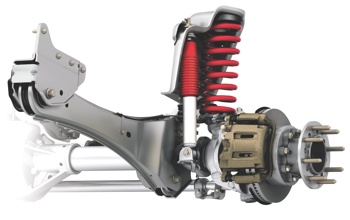Wheel Bearing Lessons
Wheel bearings are either of the ball or tapered roller variety. Front-wheel bearing applications are an angular-type ball bearing, which will accept greater thrust loads than a Conrad-type bearing, and will accept a 100% load in the radial or thrust position and any combination of a 100% load. A tapered roller bearing will accept both
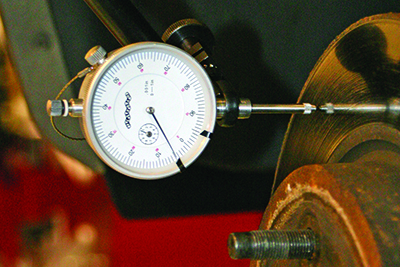
Ball Joints and Tie Rod Ends Are Important Safety Components
Steering linkage is the most critical part of the steering system because worn linkage can not only cause excessive tire wear, it can also become an important safety and liability issue.
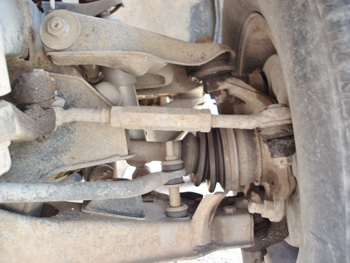
11 Step Replacement Shocks, Struts
Springs and struts are prone to a few suspension issues, especially in the harsher northern climates. The front strut bearings can start creaking and then bind up, and we’ve seen more than a few front and rear coil springs break due to corrosion. So, let’s discuss what you can look for when one of these

Why Alignment Angles Change
An alignment angle doesn’t change randomly. There is a cause-and-effect relationship between external and internal forces that can alter the geometry of a vehicle’s suspension. Having the alignment reading for only one angle on one corner is just like having the outside temperature without knowing if there is a tornado outside. Just making an adjustment
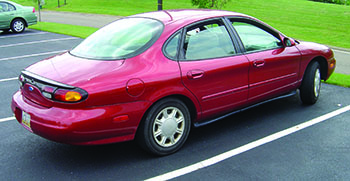
Solid/Live Axle Diagnostics
In 1963, almost every car manufactured in the U.S. had a solid rear axle. There were exceptions like the Corvette and Corvair. Today, pickup trucks and only a few light- to medium-duty SUVs/passenger vehicles still use solid rear axles. It’s not uncommon for a solid rear axle vehicle to go its entire life on one
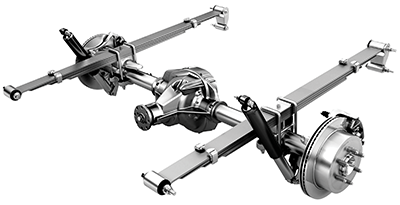
Wheel Bearings & Wheel Speed Sensors
If you are replacing a wheel bearing on a late-model vehicle, you’ll be dealing with a wheel speed sensor. In the past decade, wheel speed sensors have been moving from differentials, axles and knuckles to inside or on the wheel bearing or hub unit. At this location, the sensors are more accurate and often more
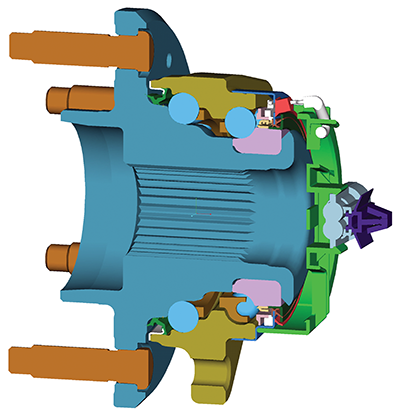
Solid/Live Axle Diagnostics
In 1963, almost every car manufactured in the U.S. had a solid rear axle. There were exceptions like the Corvette and Corvair. Today, pickup trucks and only a few light- to medium-duty SUVs/passenger vehicles still use solid rear axles. It’s not uncommon for a solid rear axle vehicle to go its entire life on one
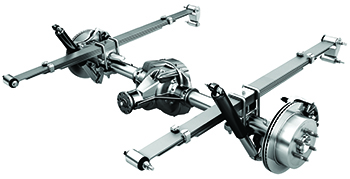
3 Reasons To Push New Shocks & Struts for Vehicles
One ride control manufacturer estimated that 80% of vehicles in junkyards still have their original shocks or struts. Part of the reason is that selling shocks and struts is difficult – even on a good day. It is an item that when it wears, it doesn’t cause the vehicle to stop running, and the driver
Servicing Variable-Assist Power Steering Systems
Variable-assist, variable-rate or variable-effort power steering is used on a growing number of vehicles. Variable assist is a way of providing the best of both worlds: finger-tip parking maneuverability at low speed, and reduced assist at higher speeds for greater stability and road feel. As a vehicle’s speed increases, less effort and assist are needed
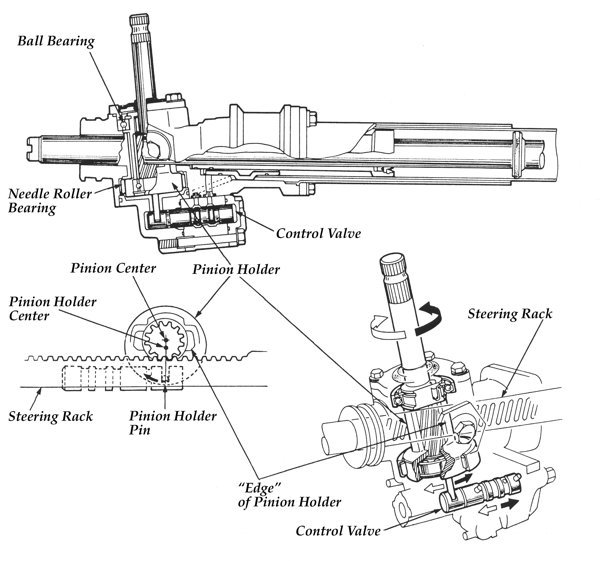
Changing Your Mind, Not Rotors
How do you handle a brake pulsation complaint or comeback? Blame the pads? The driver? Defective rotor? As they say, when you point your finger at any of these items, there are three fingers pointing back at you. Myth 1: Machining rotors is unprofitable. Labor in your dealership does not take up inventory and does
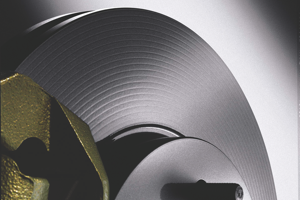
Press-in Bearings With Fewer Comebacks
Servicing the increasing number of vehicles equipped with pressed-in wheel bearings requires a little bit more finesse and tools when compared to hub units or tapered roller bearings. However, with the right tools and information, these jobs can be money-makers. For example, the driver of a 2002 Jaguar was complaining about noise. The vehicle’s ABS
Twin-Tube Advantage
Twin tube shocks and struts have been used as OE on most vehicles for many years. In recent years, though, we’ve also seen more monotube shocks and struts being used as OE dampers on sports and performance vehicles. So what’s the difference and what are the advantages and disadvantages of each design? In 1932, the
